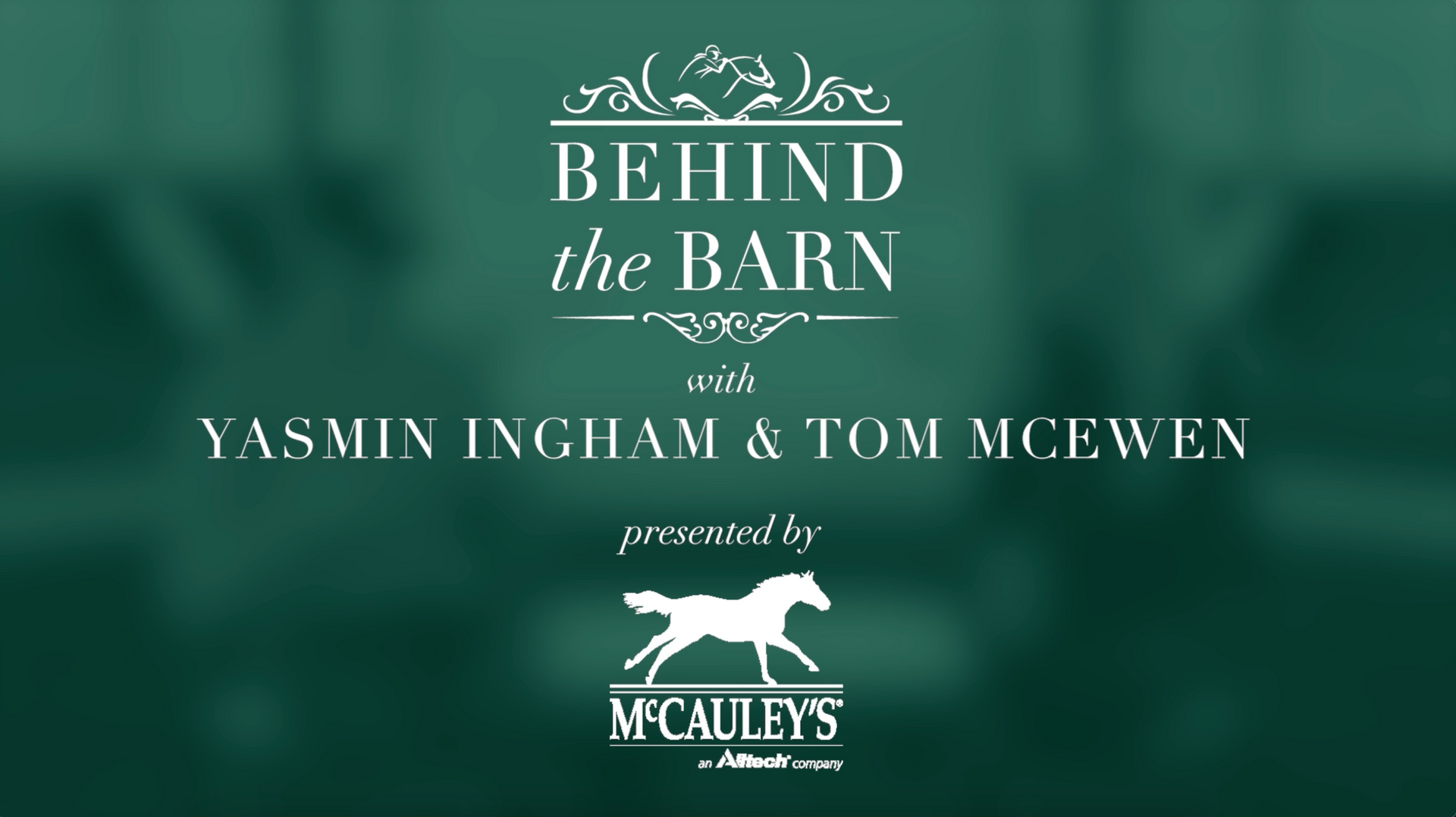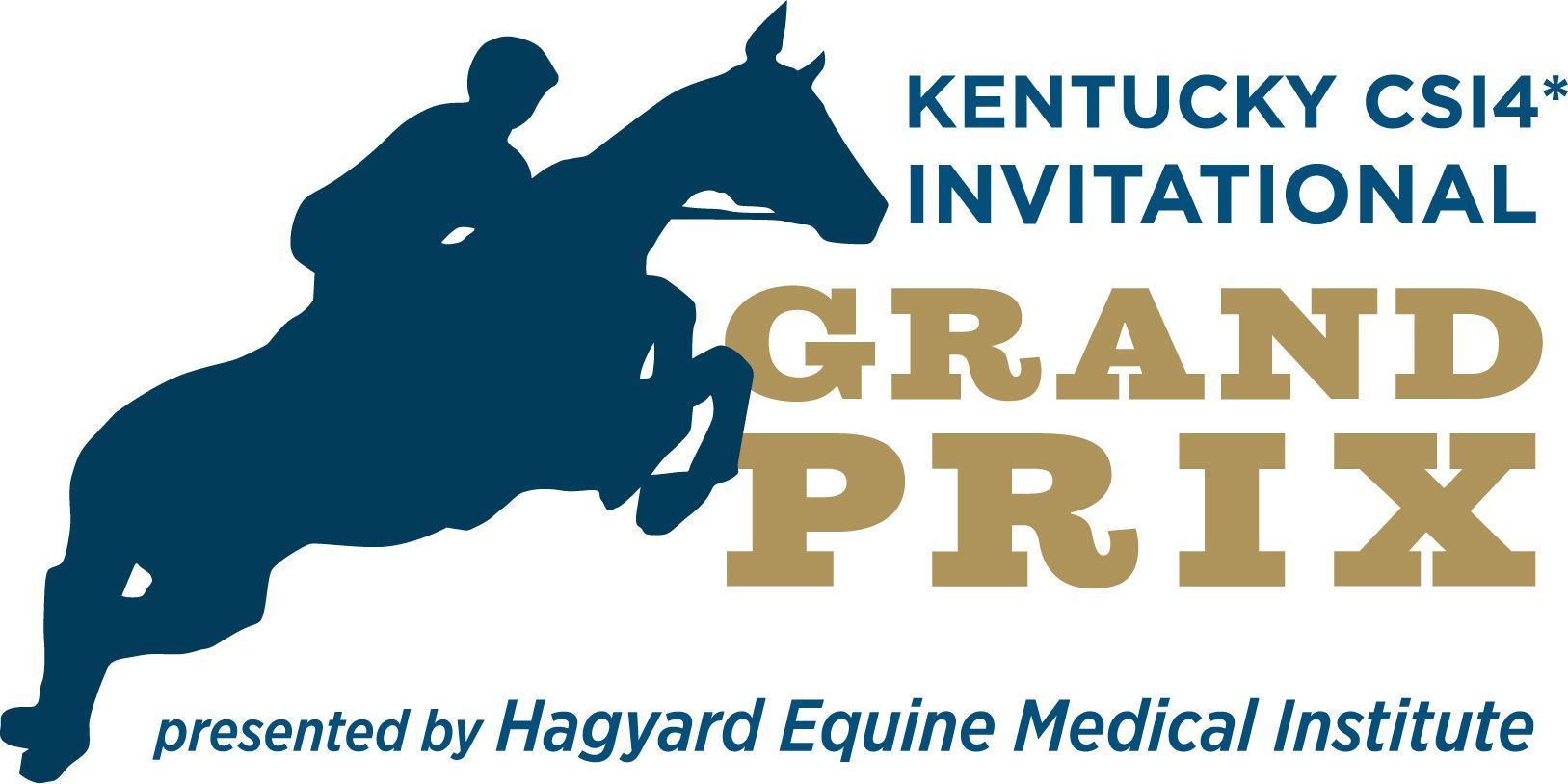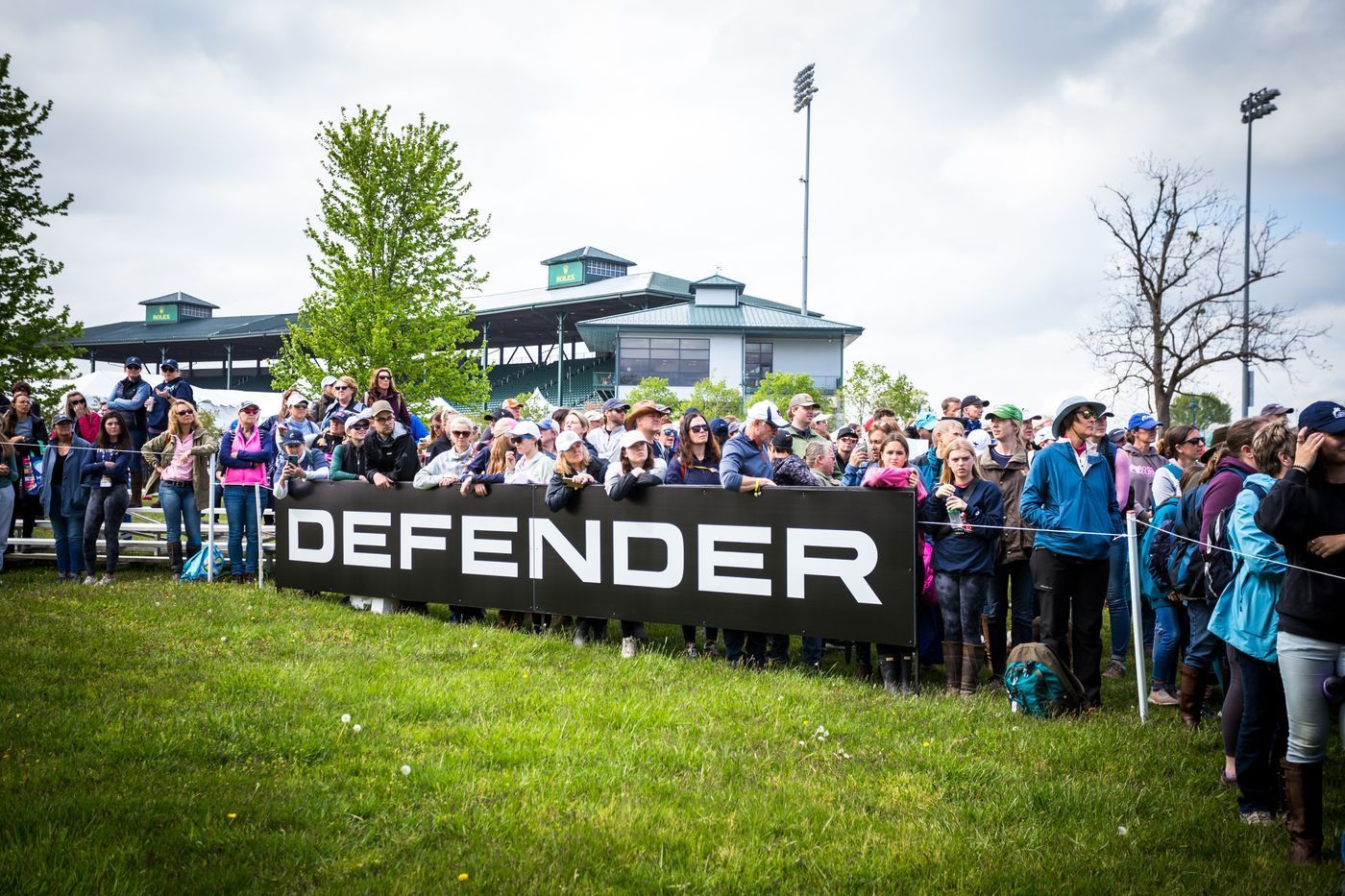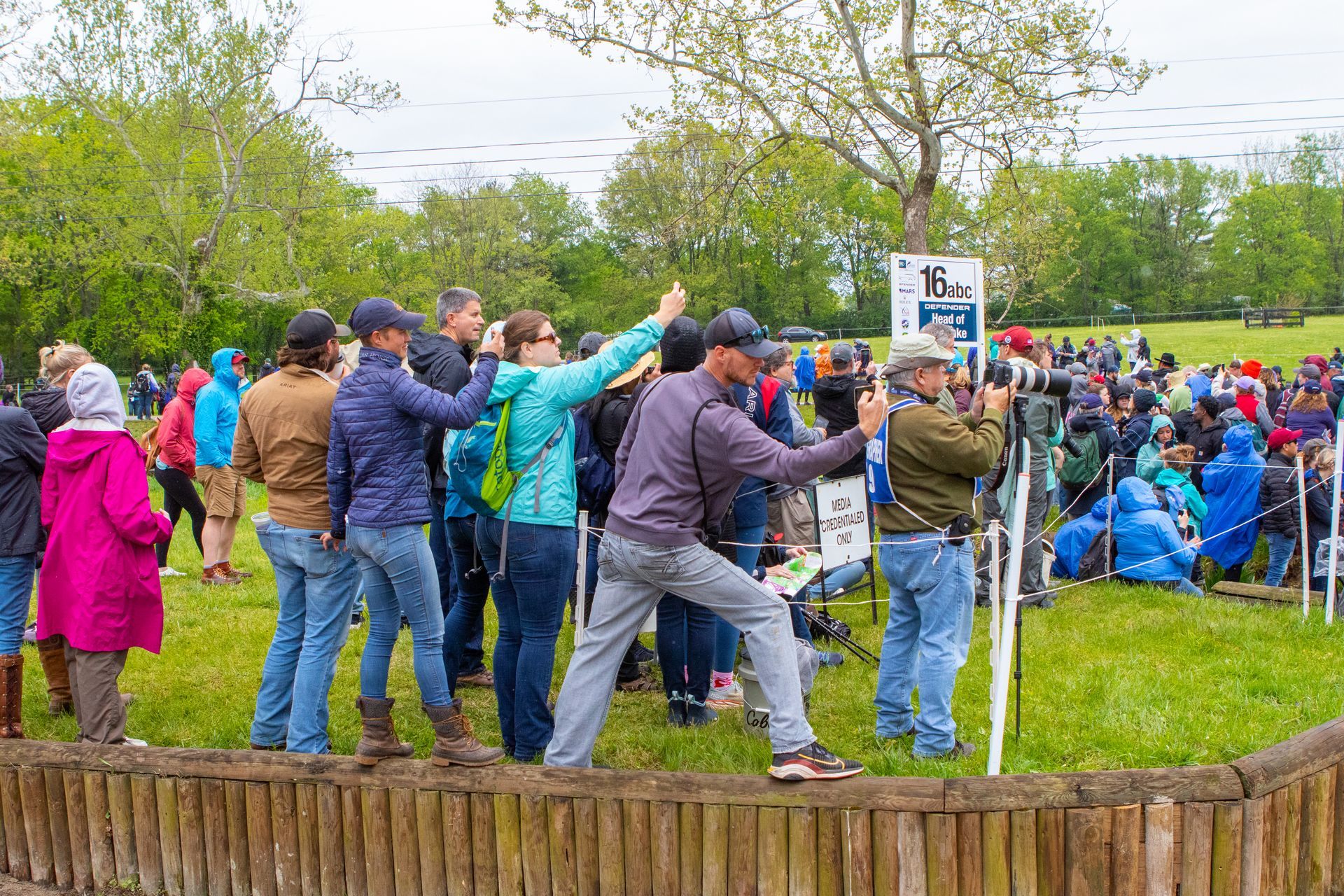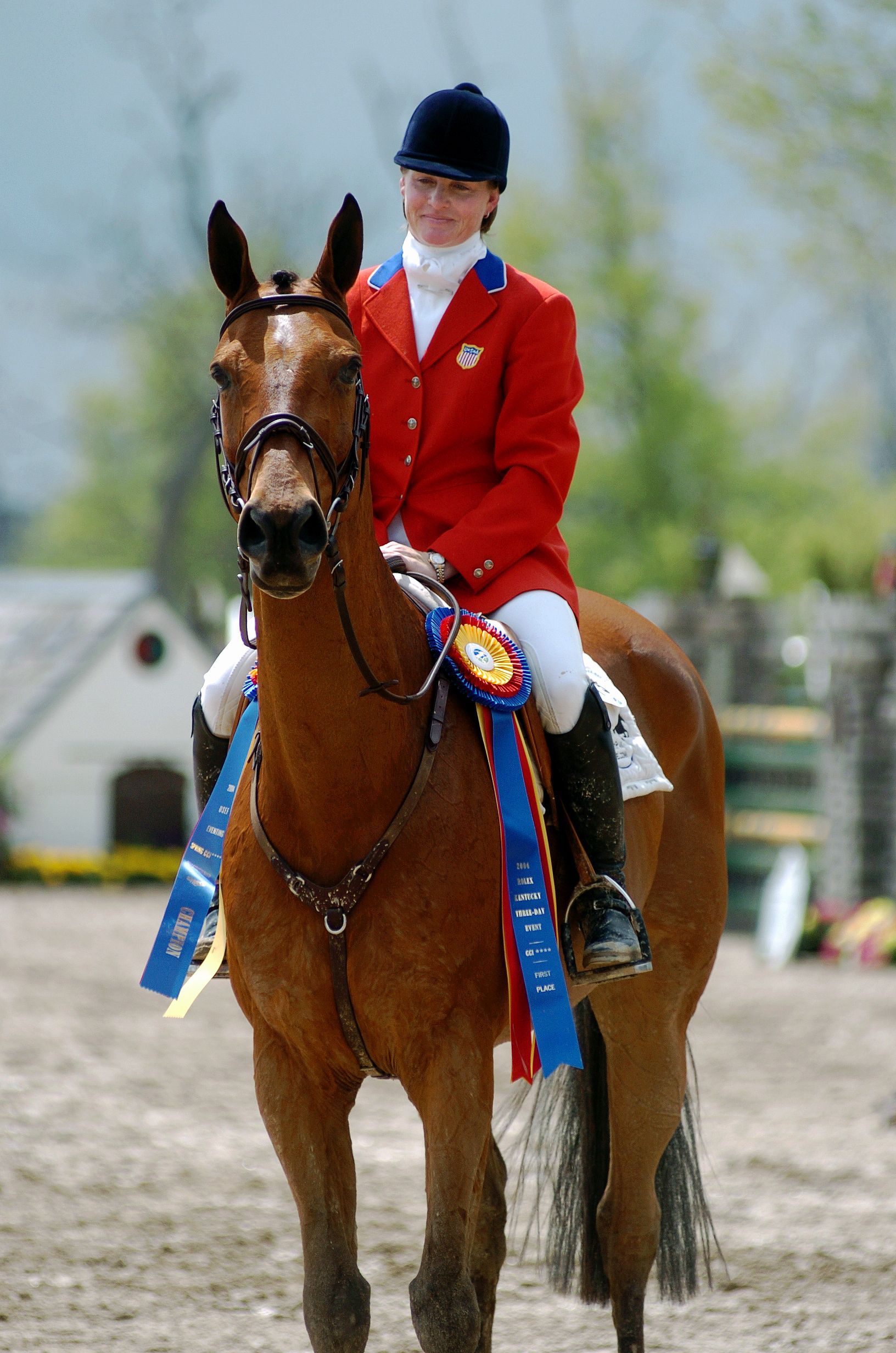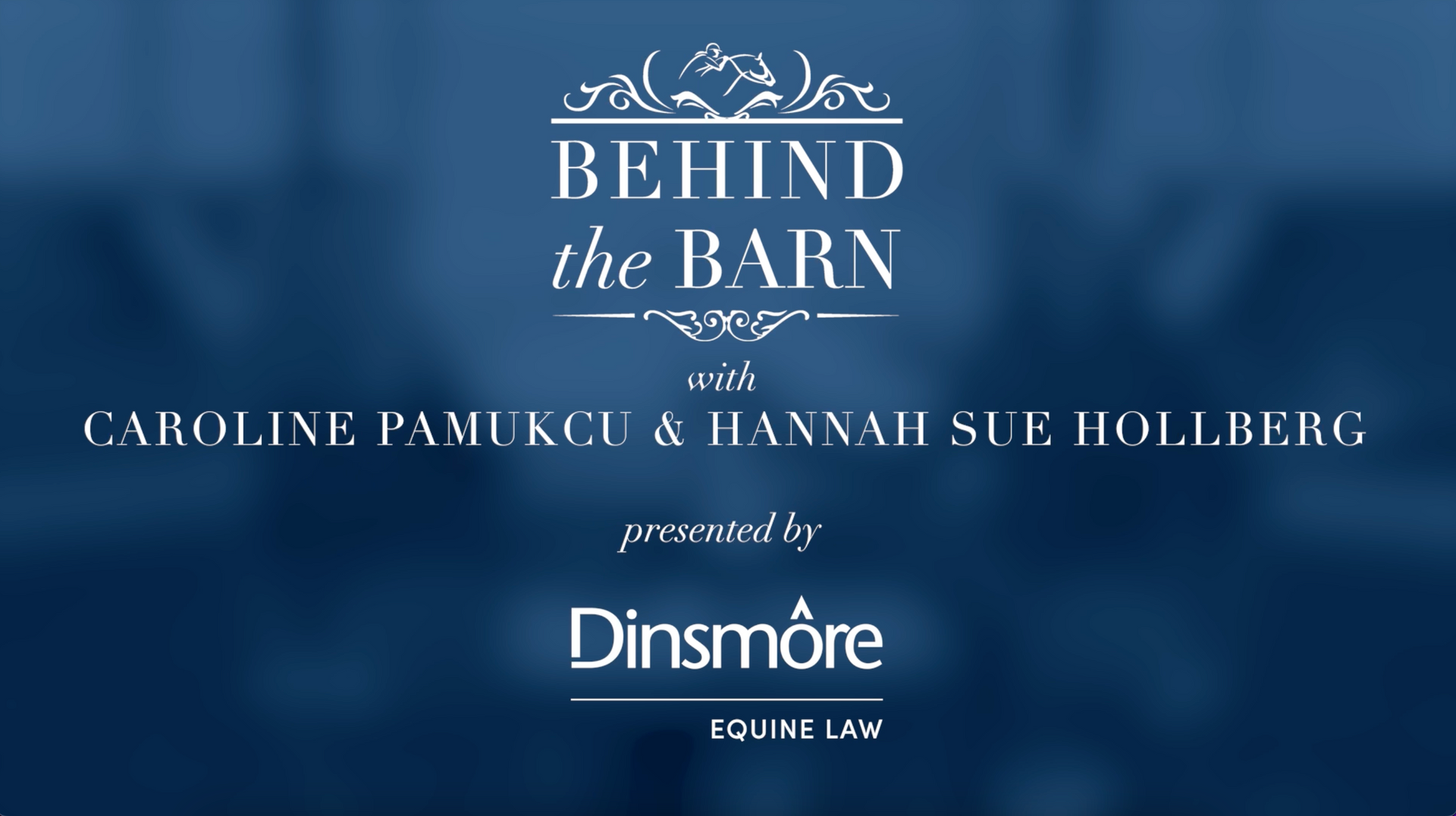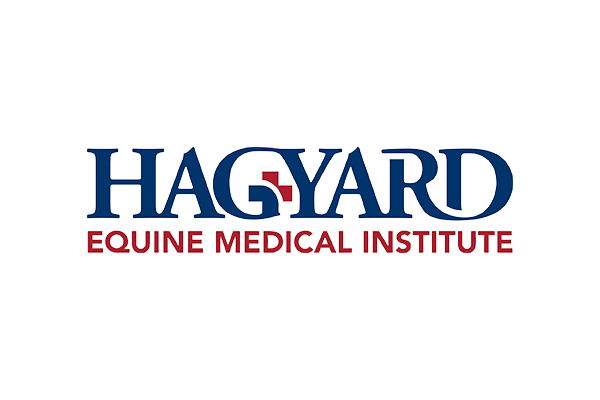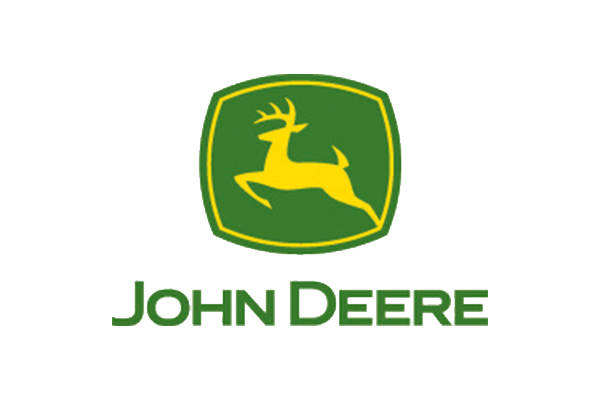Capturing the Moment: Your Guide to Equestrian Photography
If the mere thought of majestic horses, powerful jumps, and the thundering sound of hooves gets your camera clicking, you're in for a wild ride.
But how do you become the best of the best in the world of horse photos? We have the information you need, whether you are bringing a camera or relying on your smartphone to capture your favorite moments.
Keep reading for our top tips about equestrian photography, and even get the insider scoop from our professional photographers Anthony Trollope with Red Bay Group, LLC and Michelle Dunn who are two of our incredible professional photographers at the K3DE.
1. Assemble the Right Photography Equipment
Equestrian photography demands specialized equipment to effectively capture the fast-paced action and intricate details of horse and rider.
If you’re aiming for a professional approach to your photos this year, opt for a camera with fast autofocus capabilities to track dynamic movements. A telephoto lens (70-200mm or longer) is essential for reaching distant subjects and isolating the action.
Look for a camera with good low-light performance. Lens selection is always important. Be sure to always carry extra memory cards and batteries. Equestrian events can be lengthy.
But, if you’re like most spectators, your smartphone is your go-to camera. If you want to level up your phone's capabilities we suggest you invest in a sturdy tripod to provide stability for capturing sharp images, especially when the light is low.
Check your phone or camera’s storage, having sufficient storage and power is essential to avoid missing critical moments.
2. Prepare For The Shoot
Before stepping onto the field, take some time to familiarize yourself with the world of equestrian sports. Learn about different competitions, understand the bond between horse and rider, and observe how they move together.
Lighting plays a major role in any equine photo session, and the K3DE takes place outdoors. Be mindful of the position of the sun and how it affects your shots.
The golden hours can provide soft, warm lighting that adds a magical touch to your images. Avoid harsh midday sunlight, which can create unwanted shadows and highlights.
Professional photographer Michelle Dunn highly recommends making a plan, “walk the cross-country course in advance, and find a few jumps you might want to shoot at” she says. The Kentucky Three-Day Event is predictable in that you will always have The Best Weekend of the Year, but is less predictable when it comes to Kentucky weather in April. Michelle Dunn gives a few big tips on preparing for the Event:
“Be ready for the weather! Horses are an outdoor sport at least here(in Kentucky), and unless there is lightning or severe weather, it’s “rain or shine.” Make sure you and your gear are prepared and protected. Some of the best shots come under the worst conditions. But obviously don’t put yourself at risk. It can be as easy as throwing a few extra small and large garbage bags and a roll of duct tape in your backpack for the day. But cold wet feet are never fun!”
You can get set up to shoot while you're tailgating at the Event. That way, you won't have to struggle to get set up when the event actually starts!
3. Try Different Techniques
There are lots of amazing techniques you can use to take the best possible horse photos once you've learned the basics of your camera or smartphone.
If you’re working with a camera, experiment with panning to convey a sense of speed and motion. Use a slower shutter speed and follow the movement of the horse with your camera. This technique creates a dynamic blur in the background while keeping the main subject relatively sharp, adding a thrilling sense of energy to your images.
Or try the burst option on your smartphone to take multiple pictures at once to capture the intense focus in a jumper's mid-air leap or the power of a horse in full gallop.
Michelle Dunn’s tips for trying new techniques are to “Remember to keep an eye for a clean background — while our Kentucky photographers often have to take into account a slew of “other” factors when you’re just learning, try to control the things you can control.” She adds “Move your body, don’t just rely on a zoom lens. Get closer, get down low, get up high. Don’t be afraid to try different angles. Remember that the start and finish lines can provide moments of intense emotions and give opportunities for fantastic non-action images.”
“American rider Kim Severson and the incredible Winsome Adante (Dan) won Kentucky in 2002, 2004 and 2005 in addition to Olympic medals and much more. But really at the heart of it (and at the heart of all equestrian sport) is their relationship with one another. I think everyone that looks at their horse with that kind of pride is amazing.” - Michelle Dunn
4. Know How to Compose
Equestrian photography, like any other genre, benefits greatly from thoughtful composition.
Use the rule of thirds to create visually appealing horse compositions. Instead of placing your subject in the center, divide the photo frame into a 3x3 grid and position key elements, such as the horse and rider, along these lines or at their intersections. This adds balance and draws the viewer's eye to the focal point.
Incorporate foreground elements to frame your subjects. This adds more context to your horse photography. These could include jumps or vegetation. That creates a more immersive experience for the viewer.
Embrace
negative space. This technique lets the viewer focus on the horse and rider without distractions. Experiment with wide-open spaces, especially during jumps or moments of high-speed action, to emphasize the grace and athleticism of the equestrian pair.
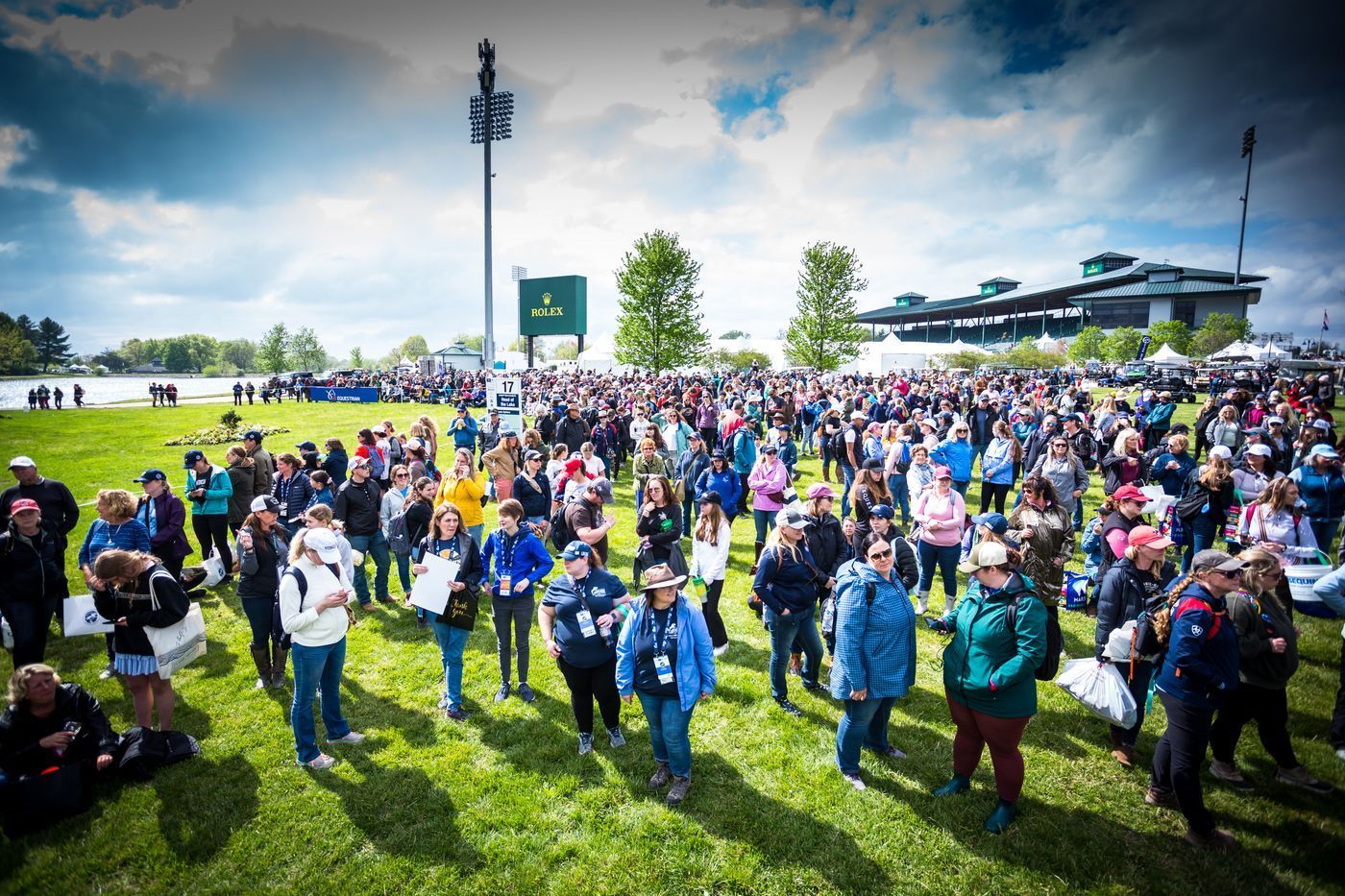
5. Learn About Photo Editing
Before diving into editing, ensure you have a well-exposed and properly composed photograph. Adjust basic camera settings such as exposure, contrast, and white balance in your editing software to establish a solid foundation for further enhancements.
Play with the color balance to enhance the vibrancy and realism of your images. Pay attention to the natural colors of the horse's coat, the greenery of the surroundings, and the rider's attire. Experiment with saturation and vibrance to find the right balance, keeping the colors true to life while adding a touch of visual appeal.
Check out some of the best captured moments from previous K3DEs.
6. Stay Safe
It's important to stay safe when you're getting into animal photography.
Always maintain a safe and respectful distance from horses and riders. This distance minimizes the risk of startling the animals and allows you to capture compelling shots without interfering with their performance or behavior.
Whether you're photographing a casual training session or a formal competition, adhere to the guidelines and rules set by the event organizers. These guidelines are designed to ensure the safety of participants, spectators, and photographers alike.
Wear appropriate attire, including sturdy footwear and protective gear for the weather if necessary. This ensures you're well-prepared for the dynamic nature of equestrian events and helps mitigate potential risks associated with unpredictable horse behavior.
Advice from our professional photographers
Equestrian events are fast-paced and dynamic, making timing a critical skill. Regular practice allows you to hone your ability to anticipate the perfect moment - whether it's capturing a horse mid-jump or the focused determination in a rider's gaze. The more you practice, the more instinctive your timing becomes.
Challenges and mistakes are inherent in any learning process. Whether it's adjusting to unexpected lighting conditions or overcoming equipment limitations, every challenge contributes to your development as a skilled equestrian photographer.
Here’s what our professional Equestrian photographers have to say:
Anthony Trollope from Red Bay Group says “Great photos on the day are very much about anticipating how the horse will move through your frame and simply being there for the shot. You may feel the need to stay in one spot all day however your photography will be better when you challenge yourself by doing something new”
Additional tips from Michelle Dunn “Remember not to get SO caught up in the excitement of these incredible athletes (especially if they are friends!) that you jump up and down while taking the photo without even realizing it. Cutting off heads is never a good look! Find a few equestrian photographers whose work you admire, and follow them on social media. At K3DE we are blessed with attracting some of the very best from around the world and right here at home. Amy Dragoo, Shannon Brinkman, the Eventing Nation and Chronicle of the Horse staff, and others are all regularly in attendance each year.”
Make sure you buy tickets for the Kentucky Three-Day Event and test out your equestrian photography skills! This event showcases the top levels of equestrian skill, drawing riders from all around the world and featuring CSI5*-L, CCI4*-S, and CSI4* competitions.
Pick up
your tickets today.
